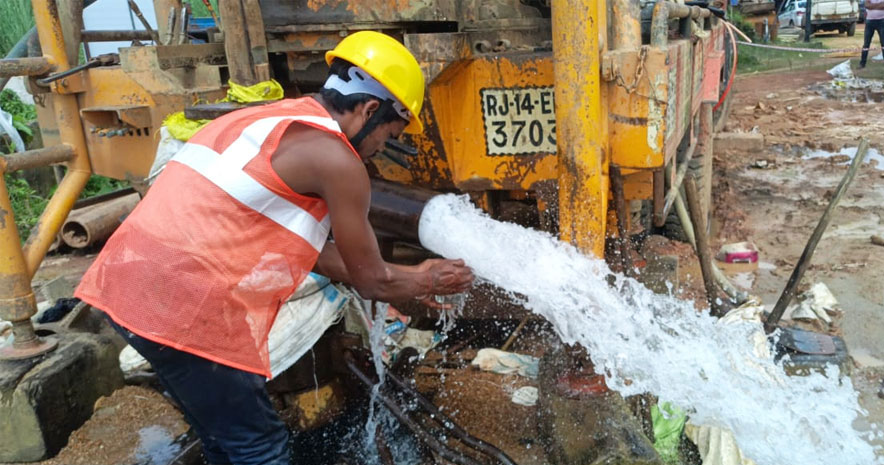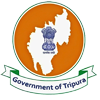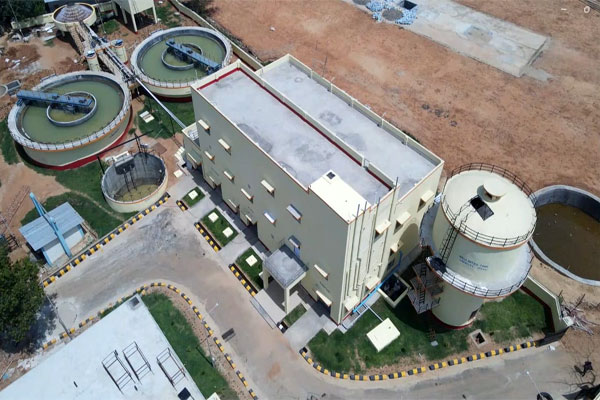
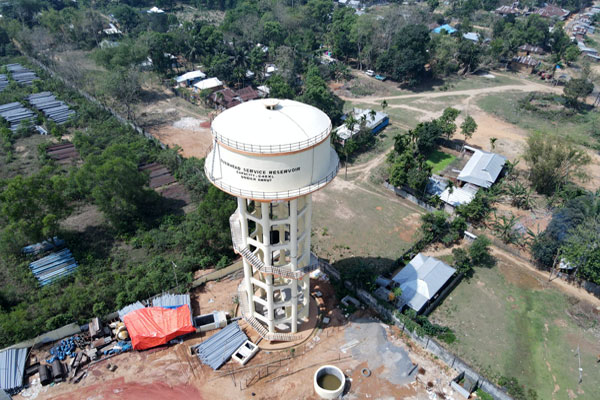

Key Statistics Urban Component
Number of Towns Covered: 12
Find out more »3.96 Lakh Beneficiaries
Find out more »305 km Water Pipelines :
Find out more »55 km Stormwater Drains
Find out more »21 km Municipal Roads
Find out more »4 Water Treatment Plants
Find out more »19 Tubewells With Iron Removal Plants
Find out more »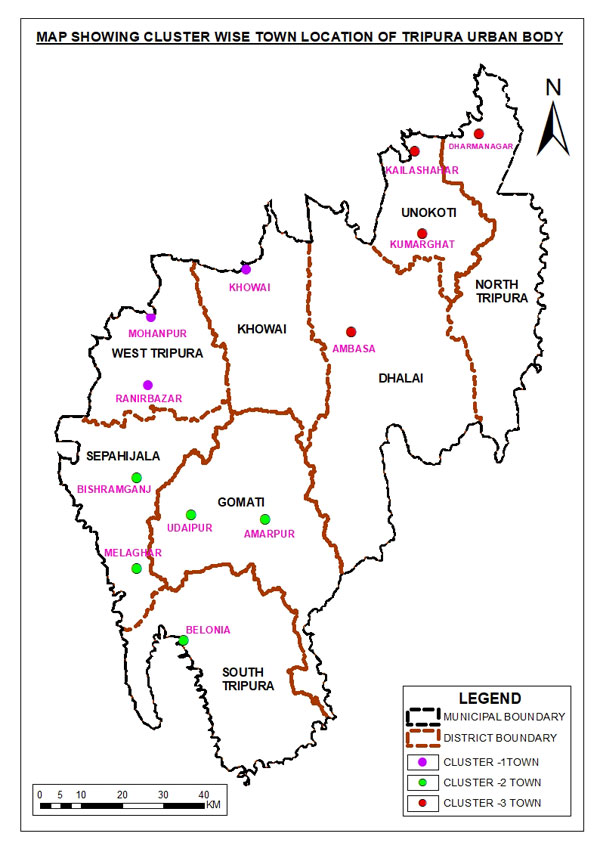
This initiative is an ambitious and transformative effort to address Tripura's urban infrastructure needs, focusing heavily on improving the water supply system, road networks, and stormwater management. Let's break down the various components of this project in more detail:
1. Water Supply System:
-
At the core of this project is the creation of a safe, continuous, pressurized, and metered water supply system.
- Equitable access to clean drinking water: Ensuring that every household in the project areas receives reliable access to safe drinking water. This is a significant step forward in providing public health benefits by reducing the prevalence of waterborne diseases.
- Reducing non-revenue water: Non-revenue water refers to water that is produced but not billed to consumers due to issues like leaks, illegal connections, or metering problems. The target is to reduce this to 15%, which is a key indicator of an efficient water supply system. The project will achieve these goals through the construction of:
- Four new water treatment plants: These plants will have a combined capacity of 23.15 million Liters per day, which ensures the water system can meet the growing demand of urban areas.
- 42 kilometers of transmission and distribution pipes: pipes will carry treated water from the plants to households, ensuring a continuous and reliable water supply.
- 52 district metered areas (DMAs): DMAs help monitor and manage water usage at a localized level. These systems are essential for detecting leaks, monitoring water quality, and ensuring that the correct volume of water reaches consumers.
The key objectives here are:
In total, the project will serve approximately 74,700 households with 24/7 water supply, which is a remarkable upgrade from current systems that may not provide consistent water access.
2. Stormwater Drainage:
The project also includes the installation of 55 kilometres of stormwater drains, addressing the issue of flooding during heavy rains. Stormwater management is essential in urban areas to prevent waterlogging, which can disrupt daily life and contribute to the spread of diseases. Proper drainage systems will channel excess rainwater efficiently, protecting infrastructure and public health.3. Municipal Roads:
The project will contribute to the construction of 21 kilometers of municipal roads across the 12 urban local bodies (ULBs). Improved road infrastructure enhances connectivity, mobility, and access to essential services, thus improving the overall quality of life in urban areas. It also plays a role in economic development by facilitating transportation of goods and services within the city.